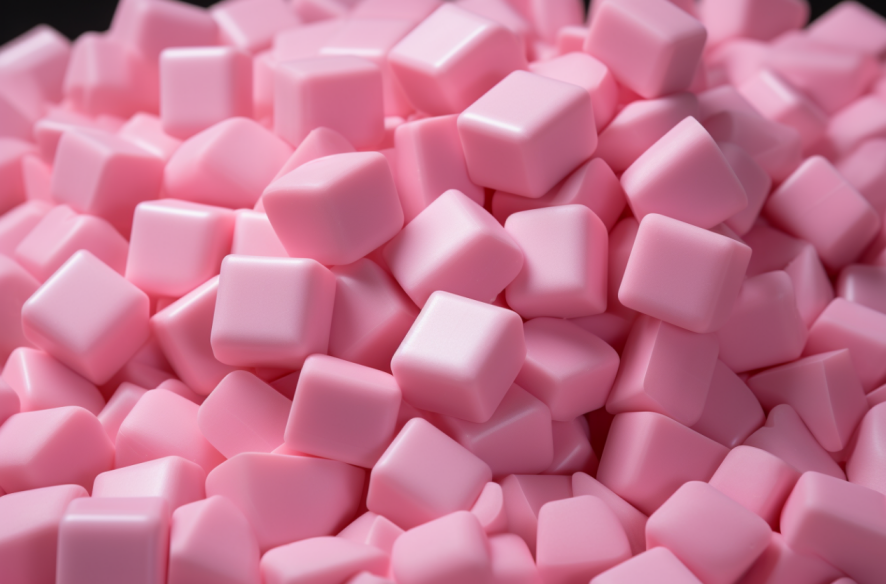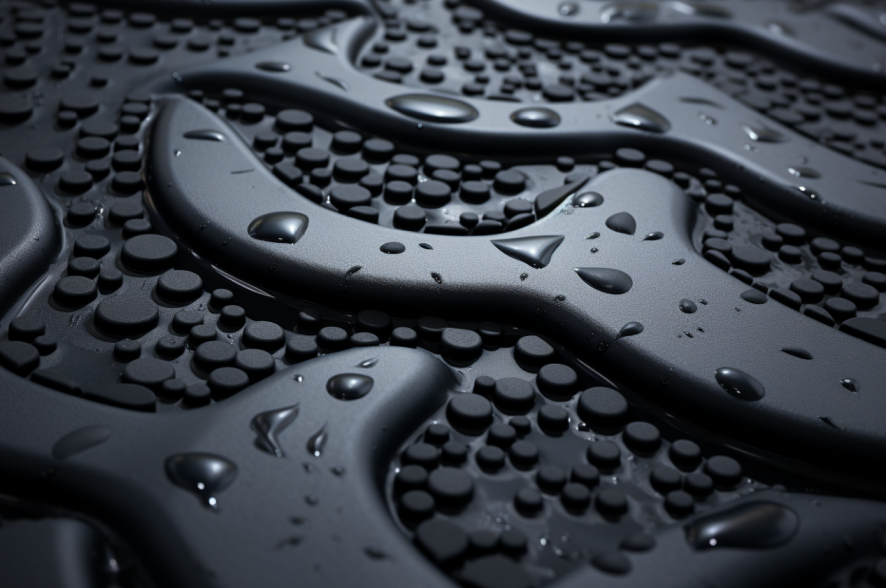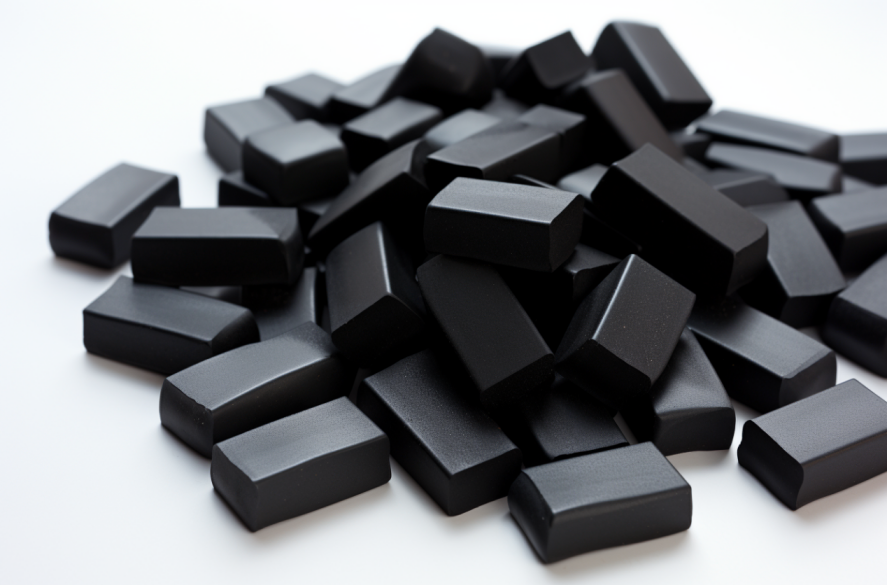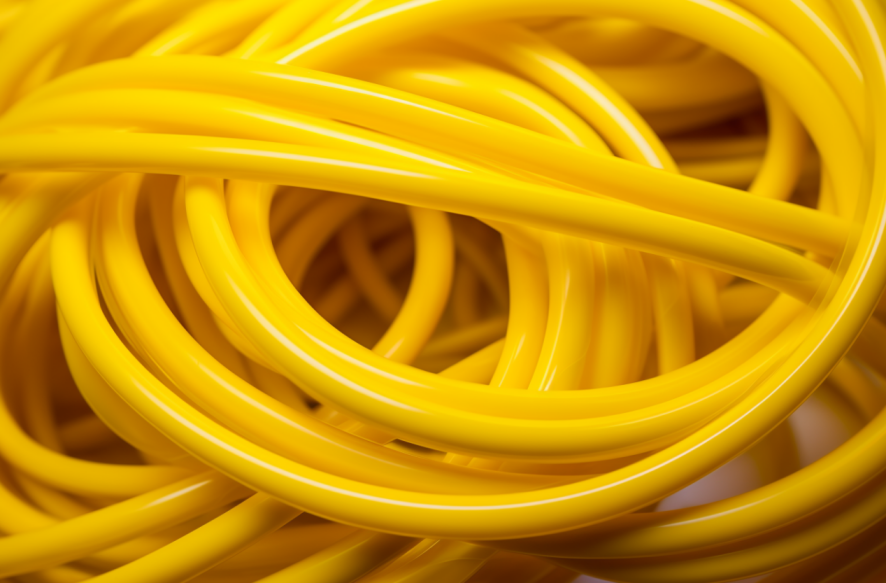Antioxidant 4020: Benefits, Uses, and Potential Side Effects
19/01/2024
Antioxidants are substances that are capable of preventing or slowing damage to cells caused by free radicals, which are unstable molecules produced by the body as a result of normal metabolism and exposure to environmental factors such as radiation and tobacco smoke. Antioxidants are found in many foods, including fruits, vegetables, nuts, and grains, and are also available as dietary supplements. One such antioxidant is Antioxidant 4020.

Antioxidant 4020, also known as N-phenyl-1-naphthylamine, is a synthetic antioxidant that is commonly used in the rubber industry to prevent degradation of rubber products caused by heat, oxygen, and ozone exposure. It is also used as a stabilizer in plastics and lubricants. Antioxidant 4020 is a dark purple crystalline compound that is insoluble in water but soluble in organic solvents such as ethanol and acetone.
Studies have shown that Antioxidant 4020 has potential health benefits due to its antioxidant properties. It has been found to scavenge free radicals and reduce oxidative stress, which can lead to chronic diseases such as cancer, diabetes, and cardiovascular disease. However, more research is needed to fully understand the effects of Antioxidant 4020 on human health and to determine safe levels of consumption.
Chemical Structure of Antioxidant 4020
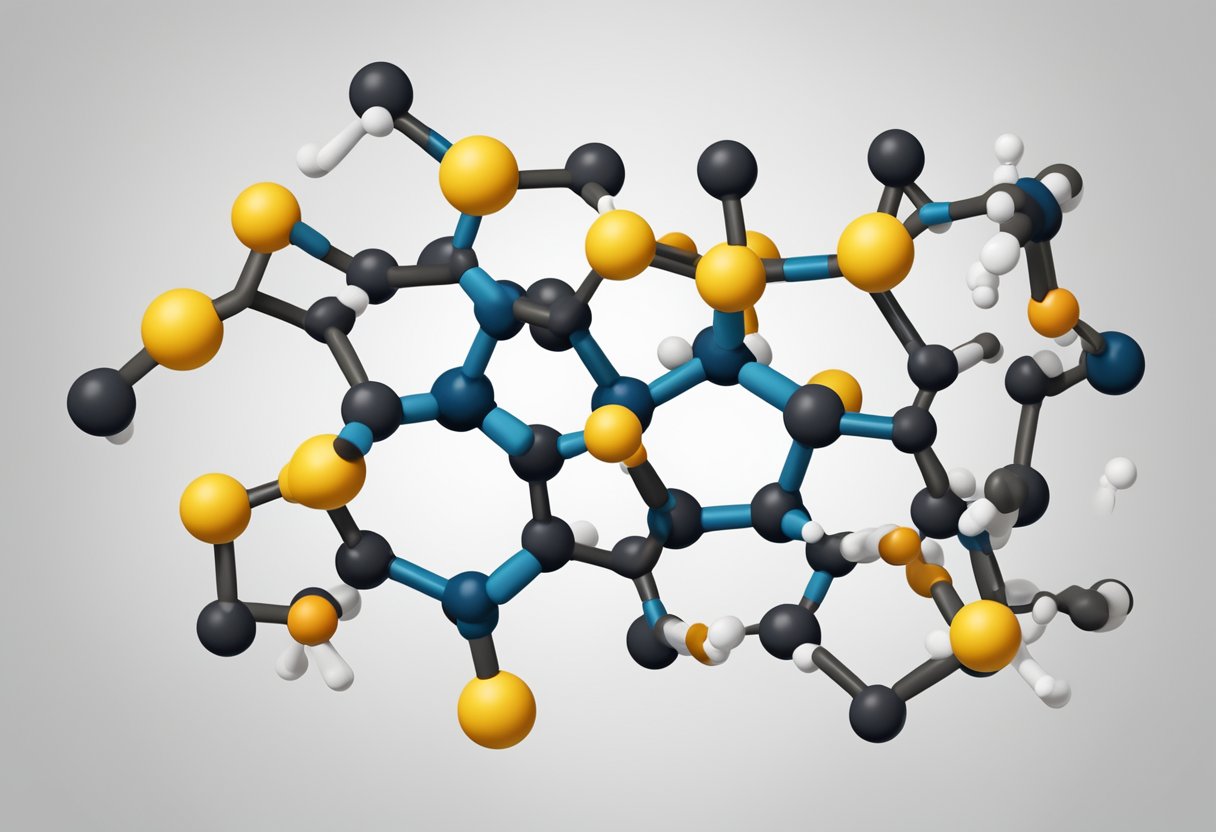
Antioxidant 4020, also known as N-isopropyl-N’-phenyl-p-phenylenediamine, is a synthetic antioxidant widely used in rubber industry to prevent degradation and extend the life of rubber products. The chemical formula of antioxidant 4020 is C18H24N2, with a molecular weight of 268.4 g/mol.
The chemical structure of antioxidant 4020 consists of two phenyl rings connected by a p-phenylenediamine bridge. The isopropyl group is attached to one of the phenyl rings, and the amino group is attached to the other phenyl ring. The structure of antioxidant 4020 is shown below:
Antioxidant 4020 belongs to the class of hindered phenolic antioxidants, which are known for their ability to scavenge free radicals and prevent oxidation. The hindered phenolic structure of antioxidant 4020 provides steric hindrance to the free radicals, making it difficult for them to react with other molecules and cause oxidation.
In addition to its antioxidant properties, antioxidant 4020 also exhibits antiozonant properties, which protect rubber products from degradation caused by ozone exposure. The isopropyl group on the phenyl ring enhances the antiozonant activity of antioxidant 4020 by providing additional steric hindrance to the ozone molecules.
Overall, the chemical structure of antioxidant 4020 and its properties make it an effective antioxidant and antiozonant for rubber products.
Mechanism of Action
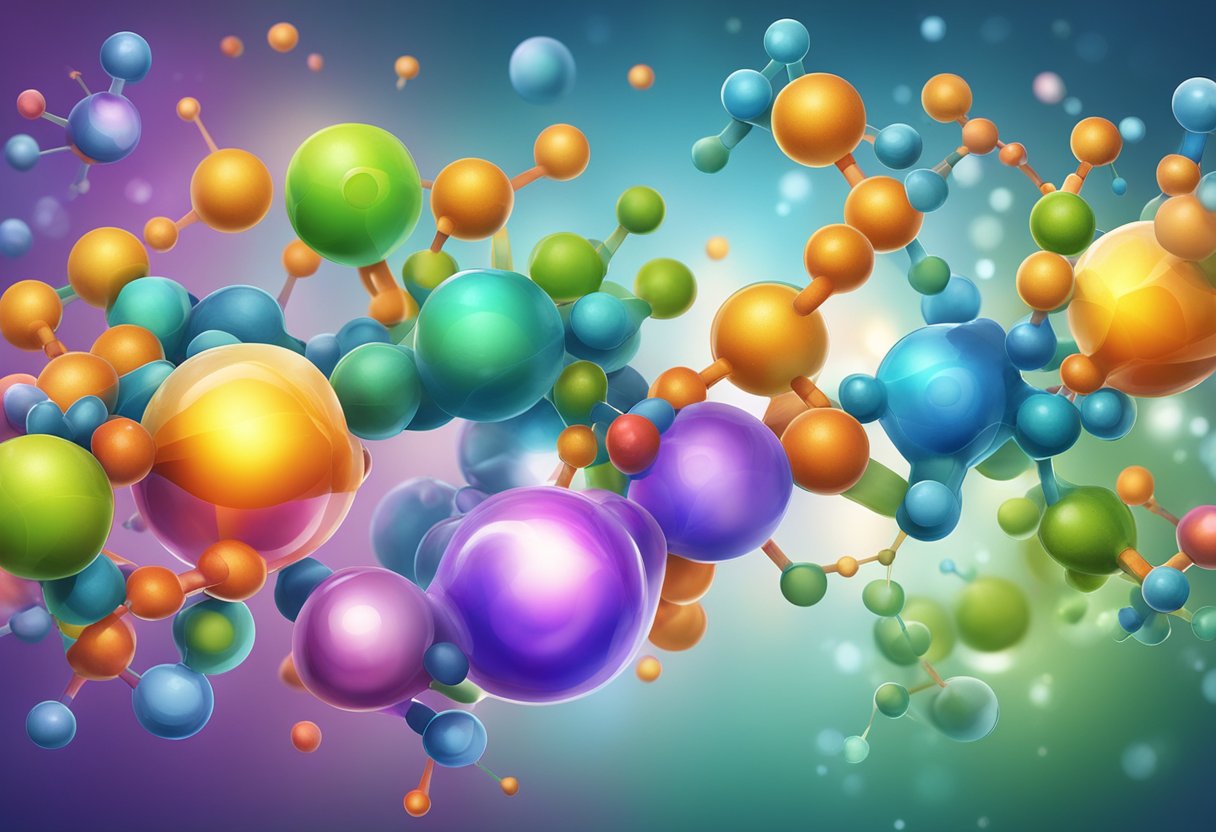
Antioxidant 4020 is a powerful antioxidant that works by neutralizing free radicals. Free radicals are unstable molecules that can cause damage to cells and tissues in the body. They are produced as a natural byproduct of metabolism, but can also be generated by exposure to environmental toxins such as pollution, radiation, and cigarette smoke.
Antioxidant 4020 works by donating an electron to free radicals, which stabilizes them and prevents them from causing damage to cells. This process is called scavenging, and it is the primary mechanism by which antioxidants protect the body from oxidative stress.
In addition to scavenging free radicals, antioxidant 4020 also has anti-inflammatory properties. Inflammation is a natural response to injury or infection, but chronic inflammation can contribute to a variety of chronic diseases, including heart disease, cancer, and Alzheimer’s disease. Antioxidant 4020 helps to reduce inflammation by inhibiting the production of pro-inflammatory cytokines.
Overall, antioxidant 4020 is a versatile and effective antioxidant that helps to protect the body from oxidative stress and inflammation. Its ability to neutralize free radicals and reduce inflammation makes it a valuable tool in the prevention and treatment of a wide range of chronic diseases.
Production Process
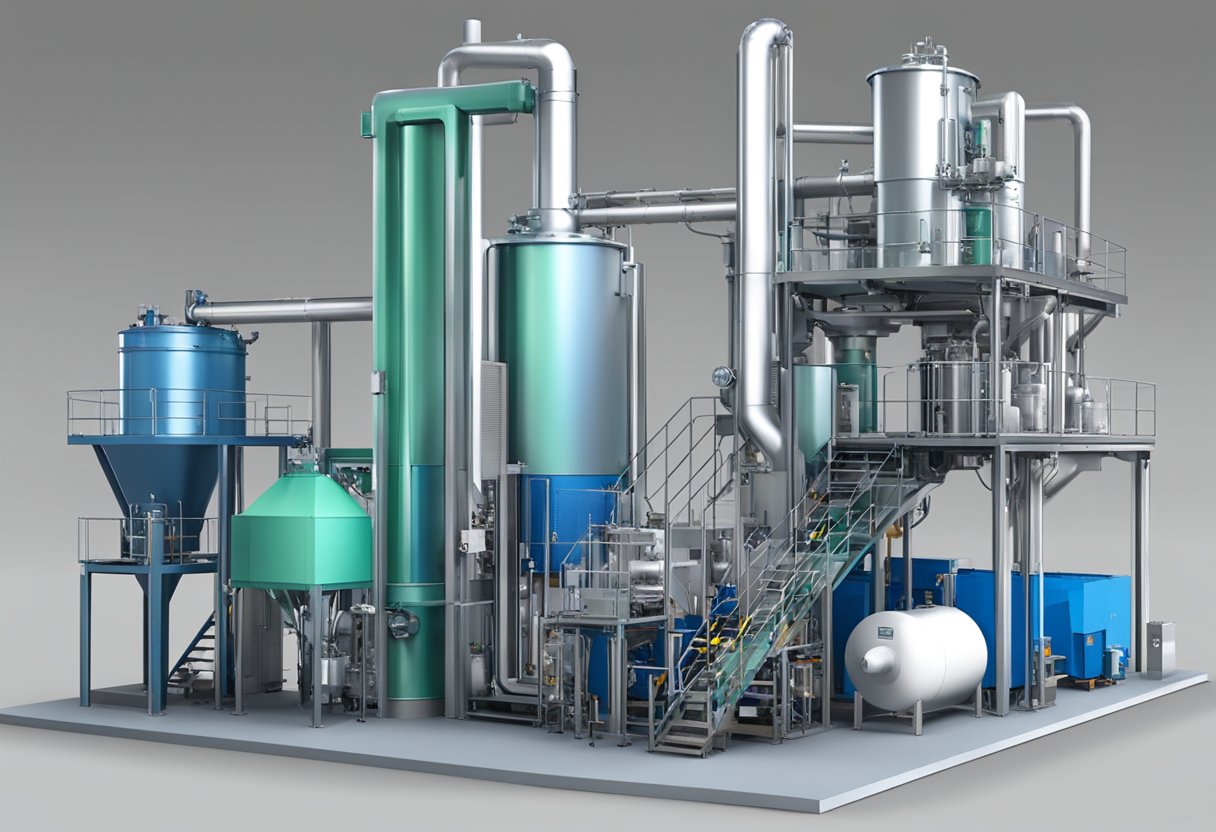
Antioxidant 4020, also known as N-1,3-dimethylbutyl-N’-phenyl-p-phenylenediamine, is a type of rubber antioxidant that is widely used in the rubber industry. The production process of antioxidant 4020 involves several steps, including:
- Raw material preparation: The raw materials used for the production of antioxidant 4020 include aniline, isobutylene, and aniline hydrochloride. These materials are carefully selected and tested to ensure their quality and purity.
- Synthesis: The synthesis of antioxidant 4020 involves the reaction of aniline and isobutylene in the presence of a catalyst. The reaction is carried out under controlled conditions of temperature, pressure, and time to ensure the formation of the desired product.
- Purification: After the synthesis, the product is purified to remove any impurities or by-products. The purification process involves several steps, including filtration, washing, and drying.
- Quality control: The final product is subjected to rigorous quality control tests to ensure its purity, stability, and effectiveness. These tests include chemical analysis, physical tests, and performance tests.
The production process of antioxidant 4020 is complex and requires specialized equipment, skilled operators, and strict quality control procedures. However, the result is a high-quality product that provides excellent protection against oxidation and heat aging in rubber products.
Applications in Industry
Rubber Industry
Antioxidant 4020 is widely used in the rubber industry as a stabilizer. It helps to prevent the degradation of rubber products during storage and use. This antioxidant can be used in a variety of rubber products, including tires, hoses, belts, and seals. It is effective at low concentrations and can help extend the lifespan of rubber products.
Plastics Industry
Antioxidant 4020 is also used in the plastics industry as a stabilizer. It can help prevent the degradation of plastic products during storage and use. This antioxidant is effective in a variety of plastic products, including polyethylene, polypropylene, and PVC. It can help extend the lifespan of plastic products and maintain their physical properties.
Adhesives
Antioxidant 4020 is used in adhesives to prevent the degradation of the adhesive during storage and use. It can help maintain the adhesive properties and extend the lifespan of the adhesive. This antioxidant is effective in a variety of adhesives, including epoxy, acrylic, and urethane.
Coatings
Antioxidant 4020 is also used in coatings to prevent the degradation of the coating during storage and use. It can help maintain the physical properties of the coating and extend its lifespan. This antioxidant is effective in a variety of coatings, including paints, varnishes, and lacquers.
Overall, Antioxidant 4020 is a versatile and effective stabilizer that can be used in a variety of industries to prevent the degradation of products during storage and use. Its effectiveness and low concentration requirements make it a popular choice for many manufacturers.
Benefits and Advantages
Antioxidant 4020 is a powerful antioxidant that has been found to have numerous benefits for the human body. Here are some of the key advantages of using antioxidant 4020:
1. Protects Against Free Radicals
Antioxidant 4020 is a potent antioxidant that helps to protect the body against free radicals. Free radicals are unstable molecules that can damage cells and contribute to the development of various diseases. By neutralizing free radicals, antioxidant 4020 helps to prevent oxidative stress and reduce the risk of chronic diseases.
2. Supports Healthy Aging
Antioxidant 4020 has been found to have anti-aging properties, helping to reduce the signs of aging and improve overall skin health. It can help to reduce the appearance of fine lines, wrinkles, and age spots, as well as improve skin elasticity and firmness.
3. Boosts Immune System
Antioxidant 4020 has also been found to support a healthy immune system. It can help to reduce inflammation and support the body’s natural defenses against infections and diseases.
4. Improves Cardiovascular Health
Antioxidant 4020 has been found to have cardiovascular benefits as well. It can help to reduce the risk of heart disease by improving circulation, reducing inflammation, and lowering blood pressure.
In summary, antioxidant 4020 is a powerful antioxidant with numerous benefits for the human body. It helps to protect against free radicals, supports healthy aging, boosts the immune system, and improves cardiovascular health. Incorporating antioxidant 4020 into your diet or supplement routine can be a great way to support overall health and wellness.
Environmental Impact and Safety
Regulatory Status
Antioxidant 4020 is regulated by various governmental and non-governmental organizations worldwide. In the United States, it is regulated by the Environmental Protection Agency (EPA) under the Toxic Substances Control Act (TSCA). The European Union has also classified antioxidant 4020 as a substance of very high concern (SVHC) under the REACH regulation. This classification is due to its potential to cause adverse effects on human health and the environment.
Safety Measures
Antioxidant 4020 should be handled with care to avoid any potential hazards. Exposure to the substance can occur through inhalation, ingestion, or skin contact. It is recommended to wear protective clothing, gloves, and a respirator when handling the substance. In case of exposure, it is important to seek medical attention immediately.
Disposal Considerations
Antioxidant 4020 should be disposed of in accordance with local regulations. It should not be released into the environment or disposed of in landfills. Instead, it should be disposed of through incineration or other approved methods. Before disposal, it is important to consult with local authorities to ensure compliance with applicable regulations.
Overall, while antioxidant 4020 has potential benefits as an antioxidant, it is important to handle and dispose of it safely to minimize any potential negative impact on human health and the environment.
Market Analysis
Demand Trends
Antioxidant 4020 is a widely used antioxidant in various industries including rubber, plastics, and petroleum. The demand for this antioxidant has been increasing steadily over the years due to its effectiveness in preventing oxidation and degradation of materials. The global market for antioxidant 4020 is expected to grow at a CAGR of 5.6% from 2020 to 2025, according to a report by MarketsandMarkets.
The increasing demand for antioxidant 4020 can be attributed to the growth of end-use industries such as automotive, construction, and packaging. The rise in disposable income and changing lifestyle patterns have also contributed to the growth of these industries, thereby driving the demand for antioxidant 4020.
Supply Chain
The supply chain of antioxidant 4020 involves several stages, including raw material procurement, manufacturing, distribution, and sales. The key raw materials used in the production of antioxidant 4020 include aniline, acetone, and hydrochloric acid. The manufacturing process involves several steps such as condensation, reduction, and oxidation.
The major players operating in the global antioxidant market include Eastman Chemical Company, Lanxess AG, Kumho Petrochemical Co., Ltd., and Emerald Performance Materials. These companies have a strong distribution network and offer a wide range of products to cater to the growing demand for antioxidant.
In conclusion, the global market for antioxidant is expected to witness significant growth in the coming years due to the increasing demand from end-use industries and the strong supply chain established by key players in the market.
Technical Specifications
Antioxidant, also known as N-(1,3-dimethylbutyl)-N’-phenyl-p-phenylenediamine, is a synthetic rubber antioxidant that is widely used in various applications. Here are some technical specifications of antioxidant 4020:
- Chemical formula: C18H24N2
- Molecular weight: 268.40 g/mol
- Melting point: 45-46°C
- Boiling point: 416.1°C at 760 mmHg
- Flash point: 216.2°C
- Density: 1.14 g/cm3
- Solubility: Insoluble in water, soluble in benzene, toluene, and acetone
Antioxidant is a dark purple crystalline solid that is highly effective in preventing the degradation of rubber products caused by heat, oxygen, and ozone. It is commonly used in the production of tires, hoses, belts, and other rubber products that are exposed to harsh environmental conditions.
Antioxidant is also known for its low volatility and excellent resistance to extraction, which makes it ideal for use in high-temperature applications. It is compatible with a wide range of polymers and can be used in combination with other antioxidants to enhance its performance.
Overall, antioxidant is a versatile and reliable antioxidant that offers excellent protection against oxidative degradation in rubber products. Its technical specifications make it suitable for a wide range of applications, and its effectiveness has been proven through extensive testing and research.
Storage and Handling
Antioxidant 4020 is a highly effective antioxidant that is widely used in various industries. Proper storage and handling of this chemical are crucial to ensure its effectiveness and longevity. Here are some guidelines that should be followed when storing and handling antioxidant :
- Store antioxidant in a cool, dry, and well-ventilated area away from direct sunlight, heat, and sources of ignition.
- Keep the chemical away from incompatible materials, such as strong oxidizing agents, acids, and bases.
- Store antioxidant in a tightly sealed container to prevent moisture and air from entering.
- Avoid exposure to moisture, as it can cause the chemical to degrade and lose its effectiveness.
- Handle antioxidant with care, wearing appropriate personal protective equipment, such as gloves and goggles.
- Avoid skin and eye contact, inhalation, and ingestion of the chemical.
- In case of accidental exposure, rinse the affected area with plenty of water and seek medical attention immediately.
By following these guidelines, you can ensure the safe and effective storage and handling of antioxidant.
Alternatives and Substitutes
While antioxidant has shown promising results in various studies, there are several alternatives and substitutes available in the market that may provide similar benefits.
Vitamin C
One of the most popular alternatives to antioxidant is vitamin C. It is a potent antioxidant that helps to protect cells from oxidative damage caused by free radicals. Vitamin C is found in many fruits and vegetables, including citrus fruits, strawberries, kiwi, bell peppers, and broccoli. It is also available in supplement form.
Vitamin E
Another well-known antioxidant is vitamin E. It helps to protect cell membranes from oxidative damage and may also have anti-inflammatory properties. Vitamin E is found in nuts, seeds, and vegetable oils, as well as in supplement form.
Coenzyme Q10
Coenzyme Q10 is a naturally occurring antioxidant that is found in every cell of the body. It helps to protect cells from oxidative damage and may also have anti-inflammatory properties. Coenzyme Q10 is found in fatty fish, organ meats, and whole grains, and is also available in supplement form.
Green Tea
Green tea is a popular beverage that is rich in antioxidants, including catechins and polyphenols. These antioxidants help to protect cells from oxidative damage and may also have anti-inflammatory properties. Green tea is also available in supplement form.
While antioxidantS 4020 has shown promising results, there are several alternatives and substitutes available that may provide similar benefits. It is important to consult with a healthcare professional before adding any supplements to your diet.
Frequently Asked Questions
What are the primary applications of Antioxidant 4020 in industry?
Antioxidants 4020, also known as 6PPD, is primarily used as a stabilizer and antioxidant for rubber products. It is commonly used in the manufacturing of tires, hoses, belts, and other rubber products to prevent degradation and extend their lifespan. Antioxidants 4020 is also used in the production of plastics and other industrial materials.
How does Antioxidant 4020 function in rubber products?
Antioxidants 4020 functions by reacting with and neutralizing free radicals that are produced during the oxidation of rubber products. Free radicals can cause degradation and cracking of rubber products over time, leading to reduced performance and lifespan. Antioxidants 4020 helps to prevent this degradation by stabilizing the rubber and preventing the formation of free radicals.
What does 6PPD stand for in the context of antioxidants?
6PPD is an abbreviation for the chemical name of Antioxidants 4020, which is N-(1,3-dimethylbutyl)-N’-phenyl-p-phenylenediamine. The abbreviation 6PPD is commonly used in the industry as a shorthand for the chemical name.
What is the CAS number for 6PPD and why is it important?
The CAS number for 6PPD is 793-24-8. The CAS number is a unique identifier assigned to chemical substances by the Chemical Abstracts Service. It is important because it allows for the accurate identification and tracking of the substance, as well as providing information on its properties and potential hazards.
Are there any common side effects or risks associated with the use of Antioxidant 4020?
Antioxidants 4020 is considered to be a relatively safe substance when used in accordance with recommended guidelines. However, prolonged or excessive exposure to the substance may cause skin irritation or sensitization, respiratory irritation, or other health effects. It is important to follow proper safety precautions when handling Antioxidants 4020, including wearing appropriate protective equipment and avoiding inhalation or skin contact.
Can Antioxidant 4020 be used in food products or is it limited to industrial use?
AntioxidantS 4020 is not approved for use in food products and is primarily used in industrial applications. It is important to use only approved substances in food products to ensure their safety for consumption.

